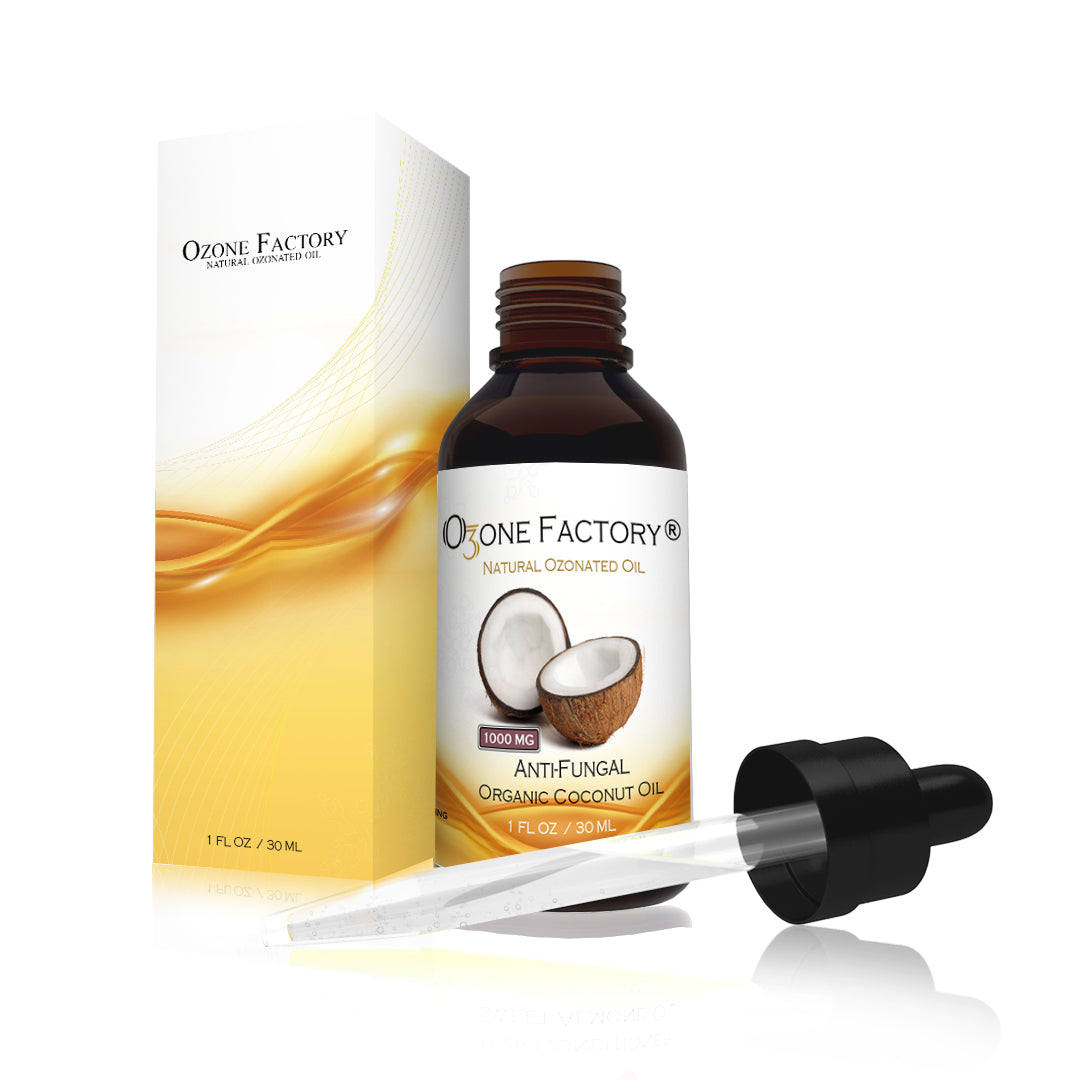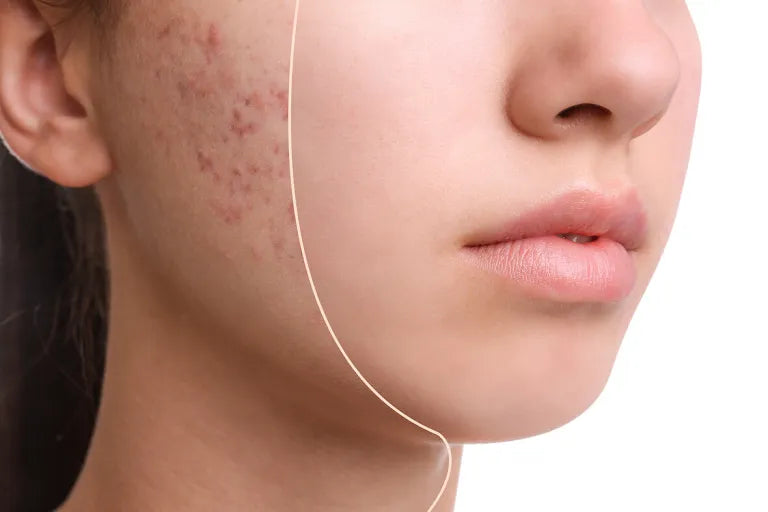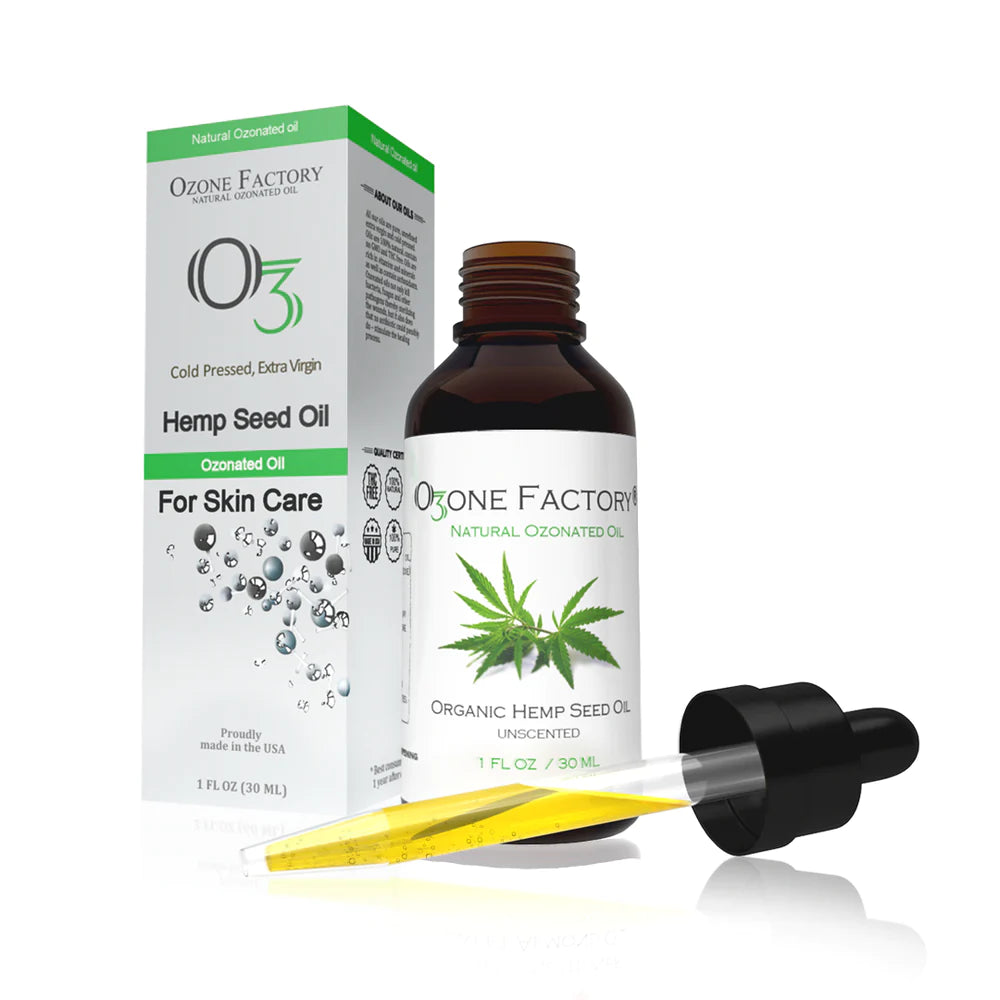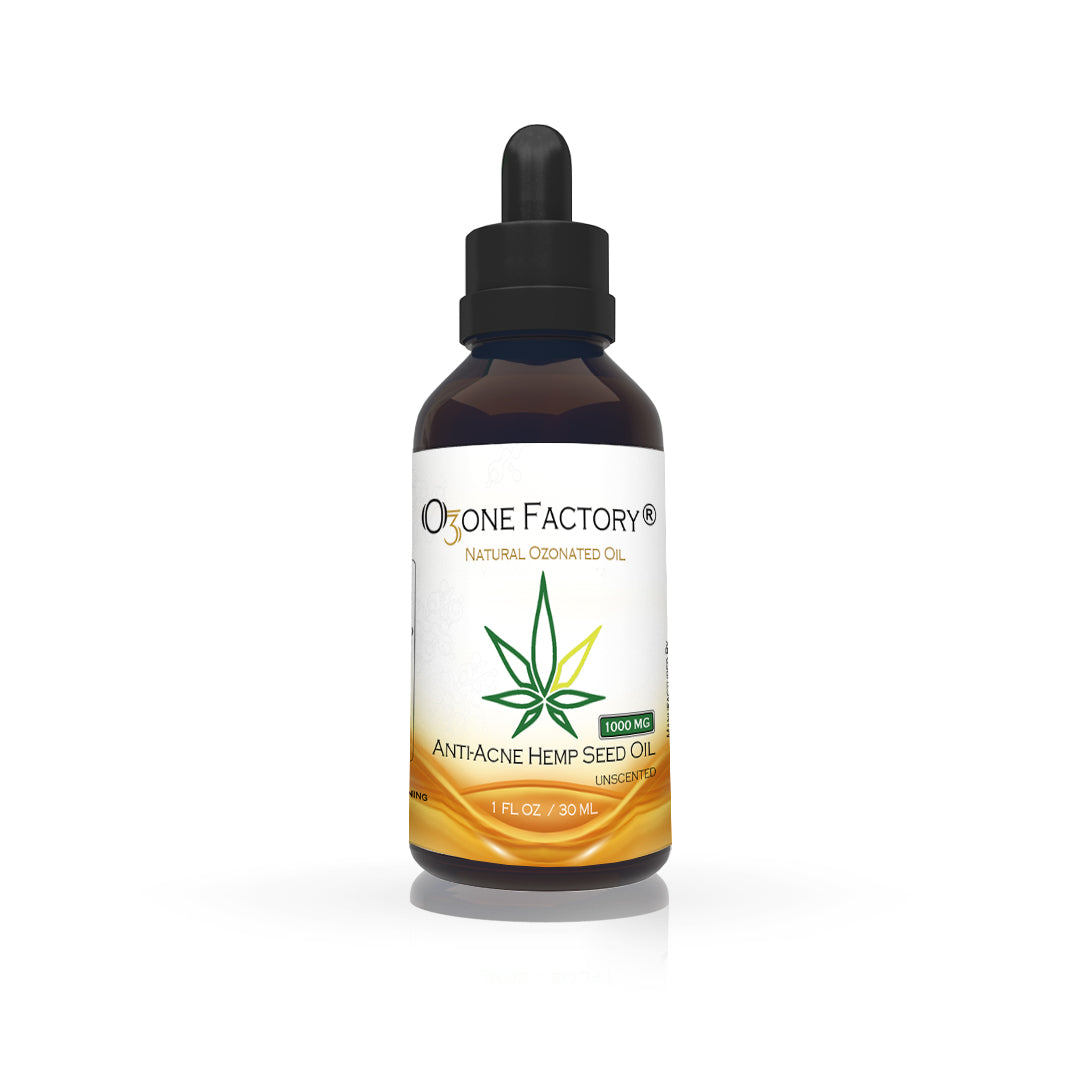
Periodontal (gum) disease is an infection of the tissues that hold your teeth in place. It's typically caused by poor brushing and flossing habits that allow plaque—a sticky film of bacteria—to build up on the teeth and harden. In advanced stages, periodontal disease can lead to sore, bleeding gums; painful chewing problems; and even tooth loss.
What Causes Gum Disease?
Plaque is the primary cause of gum disease. However, other factors can contribute to periodontal disease. These include:
- Hormonal changes, such as those occurring during pregnancy, puberty, menopause, and monthly menstruation, make gums more sensitive, which makes it easier for gingivitis to develop.
- Illnesses may affect the condition of your gums. This includes diseases such as cancer or HIV that interfere with the immune system. Because diabetes affects the body's ability to use blood sugar, patients with this disease are at higher risk of developing infections, including periodontal disease and cavities.
- Medications can affect oral health, because some lessen the flow of saliva, which has a protective effect on teeth and gums. Some drugs, such as the anticonvulsant medication Dilantin and the anti-angina drug Procardia and Adalat, can cause abnormal growth of gum tissue.
- Bad habits such as smoking make it harder for gum tissue to repair itself.
- Poor oral hygiene habits such as not brushing and flossing on a daily basis, make it easier for gingivitis to develop.
- Family history of dental disease can be a contributing factor for the development of gingivitis.

What Are the Symptoms of Gum Disease?
Gum disease may progress painlessly, producing few obvious signs, even in the late stages of the disease. Although the symptoms of periodontal disease often are subtle, the condition is not entirely without warning signs. Certain symptoms may point to some form of the disease. The symptoms of gum disease include:
- Gums that bleed during and after tooth brushing;
- Red, swollen gums. Healthy gums should be pink and firm;
- Persistent bad breath or bad taste in the mouth;
- Receding gums;
- Formation of deep pockets between teeth and gums;
- Loose or shifting teeth;
- Changes in the way teeth fit together upon biting down, or in the fit of partial dentures.
Even if you don't notice any symptoms, you may still have some degree of gum disease. In some people, gum disease may affect only certain teeth, such as the molars. Only a dentist or a periodontist can recognize and determine the progression of gum disease.

Biological actions of ozone
The majority of the contributing factors and causes in the ethology of gum disease are reduced or treated with ozone in all its application forms (gas, water, oil). The beneficial biological effects of ozone are:
- Anti-microbial activity – Ozone works destructively against bacteria, fungi, and viruses. The antimicrobial effect of ozone is a result of its action on cells by damaging its cytoplasmic membrane due to ozonolysis of dual bonds and also ozone-induced modification of intracellular contents (oxidation of proteins loss of organelle function) because of secondary oxidants effects. This action is non-specific and selective to microbial cells; it does not damage human body cells because of their major antioxidative ability. Ozone is very efficient in antibiotics resistant strains. A high concentration of ozone kills bacteria very quickly and is thousand times more powerful than other bacterial killing agents.
- Immunostimulating Effect - Ozone influences cellular and humoral immune system. It stimulates proliferation of immunocompetent cells and synthesis of immunoglobulins. It also activates function of macrophages and increases sensitivity of micro-organisms to phagocytosis. As a response to this activation through ozone, the body's immune cells produce special messengers called cytokines. These molecules in turn activate other immune cells, setting off a cascade of positive change throughout the immune system, which is stimulated to resist diseases. This means that the application of medical ozone is extremely useful for immune activation in patients with a low immune status and/or immune deficit.
- Antihypoxic effect - Ozone brings about the rise of pO2 in tissues and improves transportation of oxygen in blood, which results in change of cellular metabolism – activation of aerobic processes (glycolysis, Krebs cycle, β-oxidation of fatty acids) and use of energetic resources. Ozone improves the metabolism of inflamed tissues by increasing their oxygenation and reducing local inflammatory processes.
- Biosynthetic Effect - It activates mechanisms of protein synthesis, increases amount of ribosomes and mitochondria in cells. These changes on the cellular level explain elevation of functional activity and regeneration potential of tissues and organs.
- Ozone, when acting on the organic substance of mineralized tooth tissues intensifies their remineralization potential. At the same time, it is capable of “opening” dentinal tubules, which enables the diffusion of calcium and phosphorus ions to the deeper layers of carious cavities.

Ozone Therapy - A Treatment of Gum Disease
- Gaseous Ozone - Gaseous ozone is most frequently used in restorative dentistry and endodontics. Topical administration of the gaseous form can be via an open system or via a sealing suction system as a prerequisite to avoid inhalation and adverse effects.
- Ozonated Water - Ozonated water has been shown to be very effective against bacteria, fungi and viruses and is also less expensive compared to other chemical cleaners. Because ozone gas has been found to have toxic effects if inhaled into the respiratory tract, ozonated water may be useful to control oral infections and various pathogens.
-
Ozonated Oil - In addition to ozone application in its gaseous and aqueous form, ozonated oil also seems extremely convenient. The wide accessibility of olive oil makes it a competitive antimicrobial agent. Ozonized oil (Oleozone, Bioperoxoil) has shown to be effective against Staphylococci, Streptococci, Enterococci, Pseudomonas, Escherichia coli and especially Mycobacteria and has been utilized for the cure of fungal infections.







